Italo Zuffi
Italo Zuffi was born in Imola in 1969. Zuffi graduated from Accademia di Belle Arti of Bologna in 1993 (Diploma in Painting), and from Central Saint Martins College of Art & Design of London in 1997 (Master of Arts). In 2001 he was awarded the Wheatley Bequest Fellowship in Fine Art at the Institute of Art & Design of Birmingham (GB). He presently teaches Performance Techniques and Sculpture Techniques at Accademia di Belle Arti of L'Aquila. Since 2011 he is Visiting Lecturer in Performance at the Royal Academy of Art, The Hague (NL). He works with performance, sculpture, and writing to 'explore subtle states of vulnerability, and express the prudence of a person in a hostile environment who turns his or her gaze like a window on the world, resorting to inner experience as in a change of state, collapse, or combustion' (Chiara Chelotti, 1999). As of October 2016, Italo Zuffi has been appointed as a contract professor and studio leader for the STUDIO INTERACT (Theory and Practice of the Performing Body) within the BA Major in Art at the Faculty of Design and Art of the Free University of Bolzano.
Solo exhibitions (a selection):
postura, posa, differita, ar/ge kunst, Bolzano (2016); Potersi dire, MAN Nuoro (2015); Quello che eri, e quello che sei, Nomas Foundation, Rome (2015); Gli ignari, private apartment, Milan (2013); La penultima assenza del corpo, Pietro Rossini Foundation, Briosco (2012); Zuffi, Italo, Pinksummer, Genoa (2010).
Group exhibitions (a selection):
Deposito d'arte italiana presente, Artissima, Turin (2017); 16aQuadriennale d'arte, Altri tempi, altri miti, Palazzo delle Esposizioni, Rome; Fuori uso, Ex- Tribunale, Pescara (2016); Riviera, Swiss Institute of Milan (2016); ALT, Caserma De Sonnaz, Turin (2015); Esercizi di Rivoluzione, MAXXI, Rome (2014); Le leggi dell’ospitalità, P420 gallery, Bologna (2014); Per4m, Artissima, Turin (2014); I baffi del bambino, Lucie Fontaine, Milan (2014); To continue. Notes towards a Sculpture Cycle | Scala, Nomas Foundation, Rome (2014); La Pelle - Symphony of Destruction, MAXXX Project Space, Sierre (2014); Le statue calde, Marino Marini Museum, Florence (2014).
Solo exhibitions (a selection):
postura, posa, differita, ar/ge kunst, Bolzano (2016); Potersi dire, MAN Nuoro (2015); Quello che eri, e quello che sei, Nomas Foundation, Rome (2015); Gli ignari, private apartment, Milan (2013); La penultima assenza del corpo, Pietro Rossini Foundation, Briosco (2012); Zuffi, Italo, Pinksummer, Genoa (2010).
Group exhibitions (a selection):
Deposito d'arte italiana presente, Artissima, Turin (2017); 16aQuadriennale d'arte, Altri tempi, altri miti, Palazzo delle Esposizioni, Rome; Fuori uso, Ex- Tribunale, Pescara (2016); Riviera, Swiss Institute of Milan (2016); ALT, Caserma De Sonnaz, Turin (2015); Esercizi di Rivoluzione, MAXXI, Rome (2014); Le leggi dell’ospitalità, P420 gallery, Bologna (2014); Per4m, Artissima, Turin (2014); I baffi del bambino, Lucie Fontaine, Milan (2014); To continue. Notes towards a Sculpture Cycle | Scala, Nomas Foundation, Rome (2014); La Pelle - Symphony of Destruction, MAXXX Project Space, Sierre (2014); Le statue calde, Marino Marini Museum, Florence (2014).
Courses with Italo Zuffi
Projects by Italo Zuffi

Katharina Mayr
What is the line between monotony and violence?
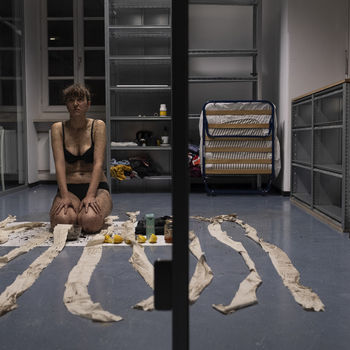
Elisabeth Pfeifauf
What is the routine of healing?

Elisabeth Pfeifauf
What is the routine of healing?
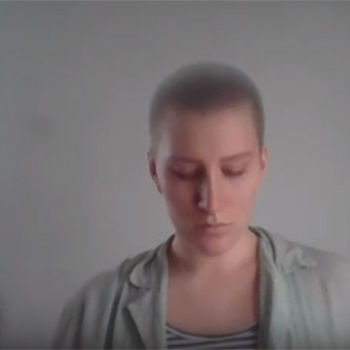
Noemi Carrara
How do we behave when nobody is watching us?
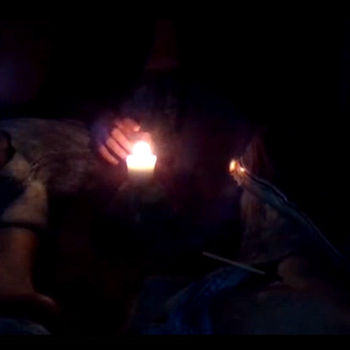
Mattia Cingolani
Who is the modern Tiresias?

Filippo Contatore
What can I do with a sword?
Degree Project
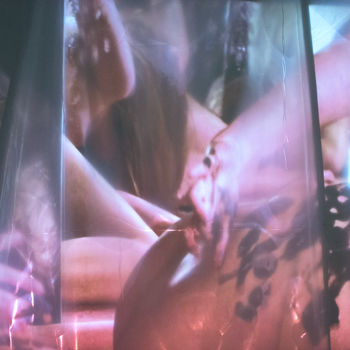
Jessica Schuhmann
Can the inscription of my body be an act of re-appropriation?
Degree Project
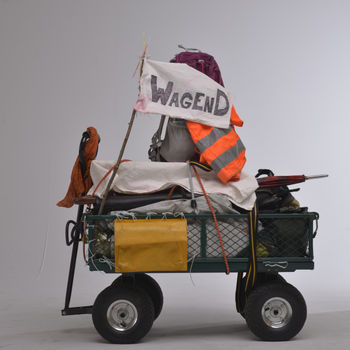
Elisabeth Pfeifauf
What happens if I walk from Innsbruck to Bozen?
Degree Project

Katharina Mayr
Is a petrol station a concrete island or a place of social encounters?
Degree Project
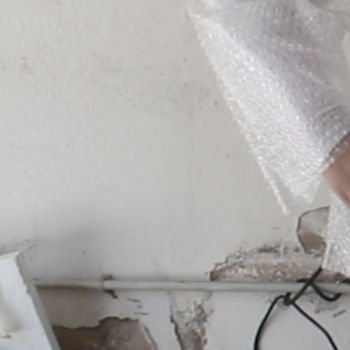
Francesca Moschen
Is it easy to change?

Maria Palacios Armesto
How can you externalize a secret?
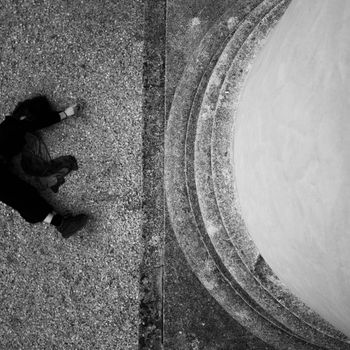
Francesca Cantele
WHAT IS BODY

Sara Cortesi
What can a bent body express?

Olimpia Bonvecchio
How can we connect with nature in a digital world?
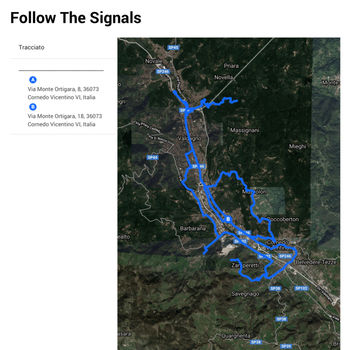
Matteo Antoniazzi
What happens if we walk just following the street signals?

Lisa-Maria Putzer, Matteo Antoniazzi
How can we translate sounds into movements?